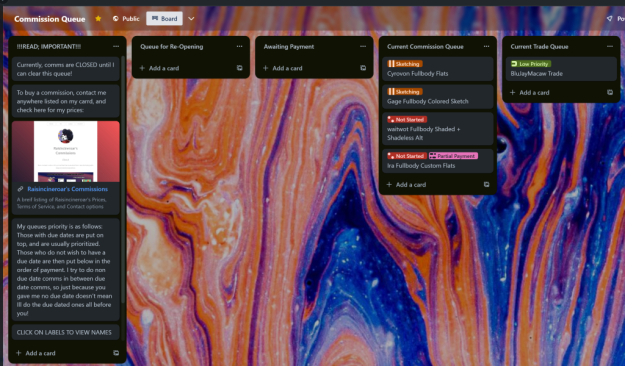Overview
In the dynamic field of software engineering, the SOLID principles stand as critical guidelines for designing maintainable, scalable, and robust systems. Introduced by Robert C. Martin, these principles encompass Single Responsibility Principle (SRP), Open-Closed Principle (OCP), Liskov Substitution Principle (LSP), Interface Segregation Principle (ISP), and Dependency Inversion Principle (DIP). This post explores the essence and practical application of each principle in modern software development.
Single Responsibility Principle (SRP)
SRP champions the concept that a class should have a single responsibility, thereby promoting modularity. This approach simplifies software, making it easier to comprehend, debug, and update. Personally, adhering to SRP has streamlined my coding, enhancing readability and maintainability.
Open-Closed Principle (OCP)
OCP dictates that software components should be open for extension but closed for modification. This principle underlines the importance of designing flexible systems that can adapt over time without needing modifications to the existing code. In my practice, OCP has been crucial for developing systems that are both flexible and robust.
Liskov Substitution Principle (LSP)
LSP asserts that objects of a superclass should be seamlessly replaceable with objects of its subclasses without affecting program correctness. This principle emphasizes the significance of robust class hierarchies. Adhering to LSP has helped me maintain consistent and reliable class structures in my software.
Interface Segregation Principle (ISP)
ISP advocates for the creation of specific interfaces over general-purpose ones, ensuring that clients are not forced to depend on unused methods. This principle aids in organizing code more efficiently and mitigating the impact of changes. Implementing ISP has allowed me to develop more focused and efficient interfaces in my projects.
Dependency Inversion Principle (DIP)
DIP emphasizes that high-level modules should not depend on low-level modules, but rather on abstractions. This principle fosters a loosely coupled architecture that is easier to test and maintain. Applying DIP has been instrumental in my development work, enhancing system flexibility and testability.
Personal Reflection and Application
My experience with the SOLID principles has been transformative, sharpening my coding skills and altering my approach to software design. These principles have enabled me to develop software that is not only theoretically sound but also practically effective, impacting the quality of my work significantly.
Conclusion
The SOLID principles are not merely best practices; they represent a mindset shift towards better software development. Understanding and implementing these principles can dramatically improve the quality, maintainability, and scalability of software. As I progress in my career, these principles will continue to shape my approach to software engineering.
Resources
- “Principles Of OOD” at butunclebob.com
- “SOLID: The First Five Principles of Object Oriented Design” at butunclebob.com
From the blog CS@Worcester – Kadriu's Blog by Arber Kadriu and used with permission of the author. All other rights reserved by the author.


